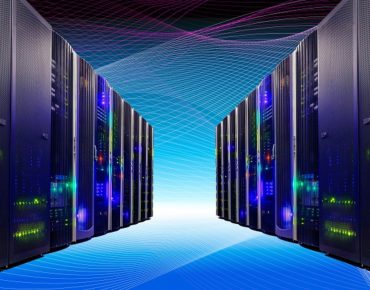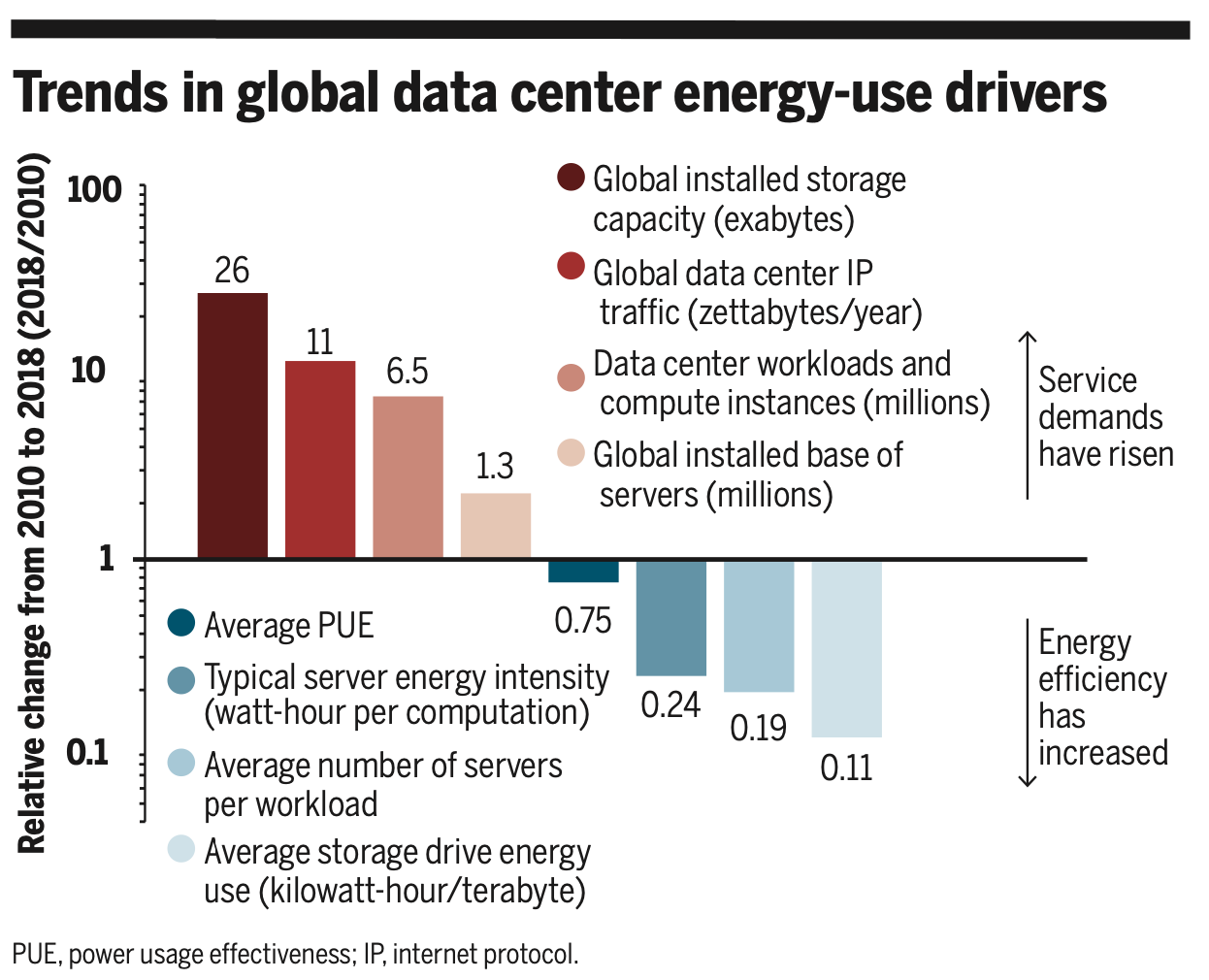NSF, VMware Partner on IT Sustainability

An oft overlooked virtue of virtual machines is the replacement of IT infrastructure like servers with a more energy-efficient abstracted version of hardware. That advance has contributed to sustainability gains over the last decade.
Datacenters running huge numbers of machine learning workloads threaten to offset those gains, prompting the National Science Foundation (NSF) and virtualization leader VMware (NYSE: VMW) to partner on a digital infrastructure sustainability initiative. As hardware virtualization advances like improved datacenter cooling reach a point of diminishing returns, the partners are looking for new ways to flatten the energy curve, ultimately seeking “carbon freedom.”
NSF expects to select at least two projects early next year under the Next Generation of Sustainable Digital Infrastructure program, the agency’s third infrastructure partnership with VMware. Funding for sustainability projects totaling as much as $3 million could extend up to three years, program officials said this week. VMware will provide some of the project funding.
With machine learning workloads creating “voracious demand” for datacenter power, the aspirational goal of the sustainability partnership is to “knock the [IT power consumption] curve down to get down to carbon neutrality and carbon freedom,” said David Tennenhouse, VMware’s chief research officer.
The central questions to be addressed in the sustainability effort include establishing benchmarks for measuring efficiency gains, then designing improved IT infrastructure and workloads that would leverage those advances. Prototypes would enable “significant progress toward maximizing sustainability of the digital infrastructure with minimal impact on…programmer productivity and digital infrastructure performance and scalability,” NSF said in a program summary.
Expanding software-defined systems and cloud-native applications are seen as ways to advance sustainability as datacenters groan under the weight of machine learning and other AI workloads, driven by power-hungry processors and networking gear.
VMware estimates that server virtualization alone has helped reduce datacenter power consumption by 120 megawatt-hours. Tennenhouse made the case that virtualized storage and workloads can provide additional energy savings that could help “plateau” the current datacenter power consumption curve.
While NSF is looking for fresh ideas on how to reduce IT energy consumption, program officials stressed they want researchers to use existing tools and frameworks to come up new sustainability approaches and prototypes. One suggestion was gauging the energy savings associated with accelerating application migration to the cloud.
Either way, “We do not want the software community to reinvent the wheel,” said Gurdip Singh of NSF’s Computer and Information and Engineering office.
Researchers have stressed the need to recalibrate datacenter energy usage as virtualization gains are outweighed by more demanding enterprise workloads. “Global datacenter energy use is entering a critical transition phase,” Energy Department officials noted in a recent paper.
“To ensure a low-carbon and energy-efficient future, we cannot wait another decade for the next reliable bottom-up estimates.”
NSF said the deadline for submitting sustainability proposals is Nov. 4, 2020. The agency would then look to transfer the fruits of the pre-competitive research to enterprise users.
Related
George Leopold has written about science and technology for more than 30 years, focusing on electronics and aerospace technology. He previously served as executive editor of Electronic Engineering Times. Leopold is the author of "Calculated Risk: The Supersonic Life and Times of Gus Grissom" (Purdue University Press, 2016).











